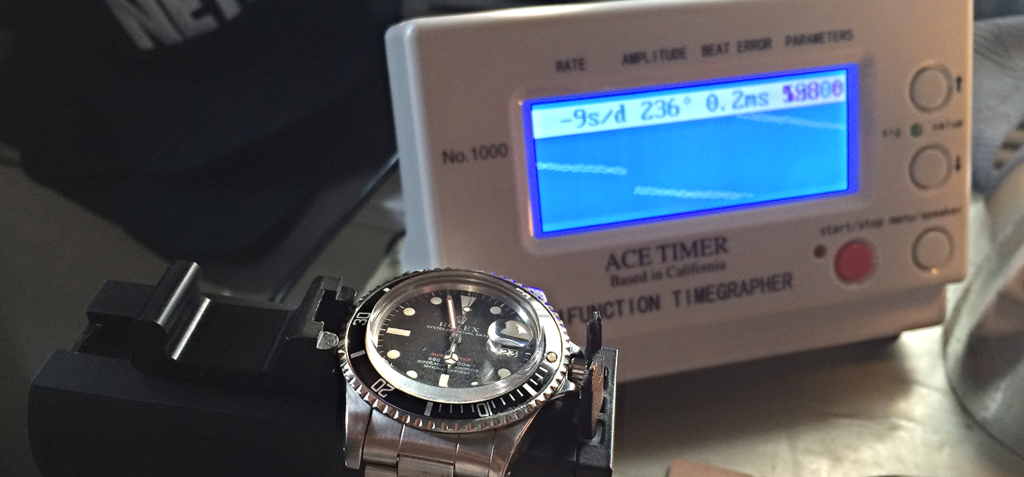How accurate are the replica watches you bought?

A timegrapher is an instrument that can tell you how accurate your watch is by checking its beat rate, amplitude, and beat error.
• Beat rate: This tells you the rate of the movement. The number is how many seconds per day your watch is running ahead or behind.
• Amplitude: This informs you about the health of the movement, specifically by telling you how much rotation (arc) there is in the balance wheel swing.
• Beat error: This number will tell you how varied or consistent the balance wheel swing timing is.
Beat Number
Frequency, the vibration of a movement. The number of balance wheel swings per hour or how many times the watch ticks per hour. This is a preset, depends on the watch you order.
14,400 bph = 4 beats per second
18,000 bph = 5 beats per second
21,600 bph = 6 beats per second
28,800 bph = 8 beats per second
Etc
Lift Angle
The other thing you’ll want to know about your movement is the lift angle. This is the angle the balance passes through while interacting with the pallet fork. The reason you need to input this into the Timegrapher is so that you can calculate the amplitude. A handy site for finding out the lift angle of your movement can be found here.
The angle the balance passes through while interacting with the pallet fork. Important to be set correctly in order to calculate the Amplitude. This preset is per caliber specs.
Most modern watches have a lift angle of 50 – 52 degrees. Generally lift angles range from 44 to 58 degrees. Some other settings are present, for instance Gen co-axials angle is 30 degrees.
Understanding the results
So you’ve got your timegrapher, you’ve input the BPH, Amplitude and Lift Angle, and now what to look for?
Rate
How fast/slow the watch runs in seconds per day.
This is the most basic statistic and will at least let you know how accurate your watch is.
great : +/- 5 s/d
acceptable : +/- 12 s/d
If higher / lower?
It is possible to adjust this yourself or ask your dealer to nudge it a bit.
Amplitude
The measure of the amount of rotation in the swing of the balance wheel, in either direction.
Amplitude is higher when a watch is lying flat and usually falls when the watch is in a vertical position, due to increased friction. Amplitude can also fall as the watch winds down and the mainspring delivers less power.
Amplitude is a good indicator of the movements health and if is too high or too low, or that changes too much in different positions, can indicate a problem with the movement.
great : 270-310
acceptable : 250-270
Beat Error
How equal each swing of the balance wheel oscillation is.
- Excellent : 0.0 – 0.5 milliseconds
- Acceptable : 0.6 – 1 milliseconds

Be First to Comment